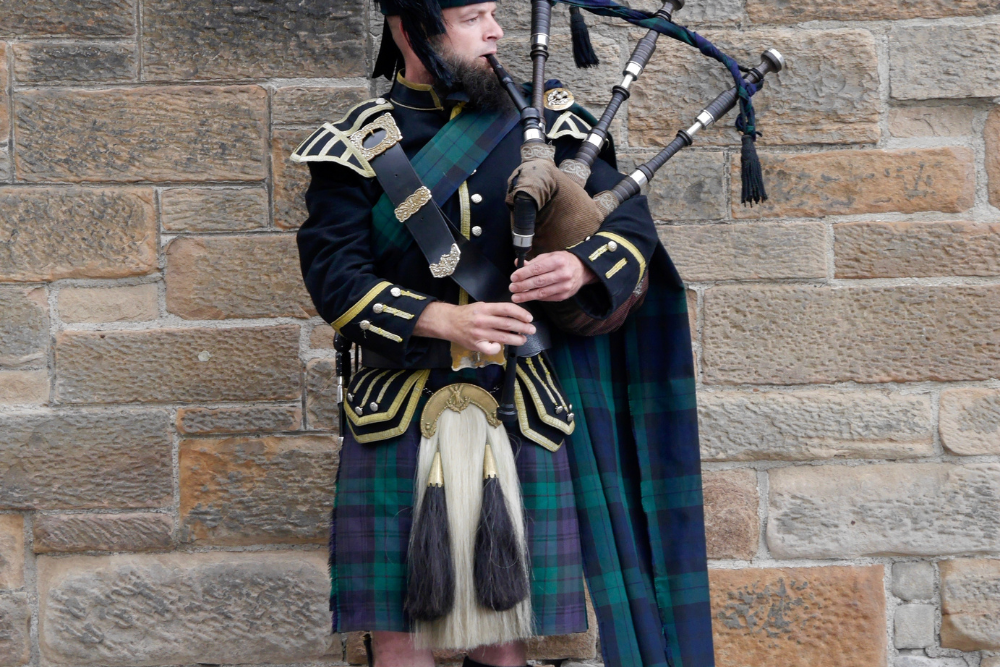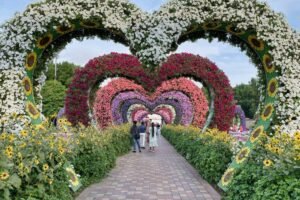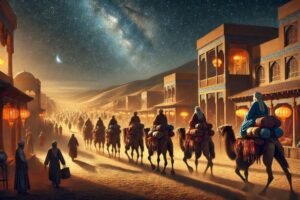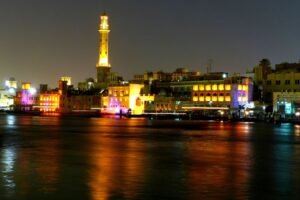Scotland’s Gaelic culture is one of the most distinct and vibrant aspects of its rich heritage. While many associate Scotland with kilts, bagpipes, and whisky, Gaelic culture—rooted in the Highlands and Islands of Scotland—has played a pivotal role in shaping the country’s identity over centuries. It is a culture full of fascinating traditions, language, music, and rituals that have survived despite the challenges of time and modernization. In this article, we will take a journey through Scotland’s Gaelic culture, exploring its language, music, folklore, and customs.
1. The Gaelic Language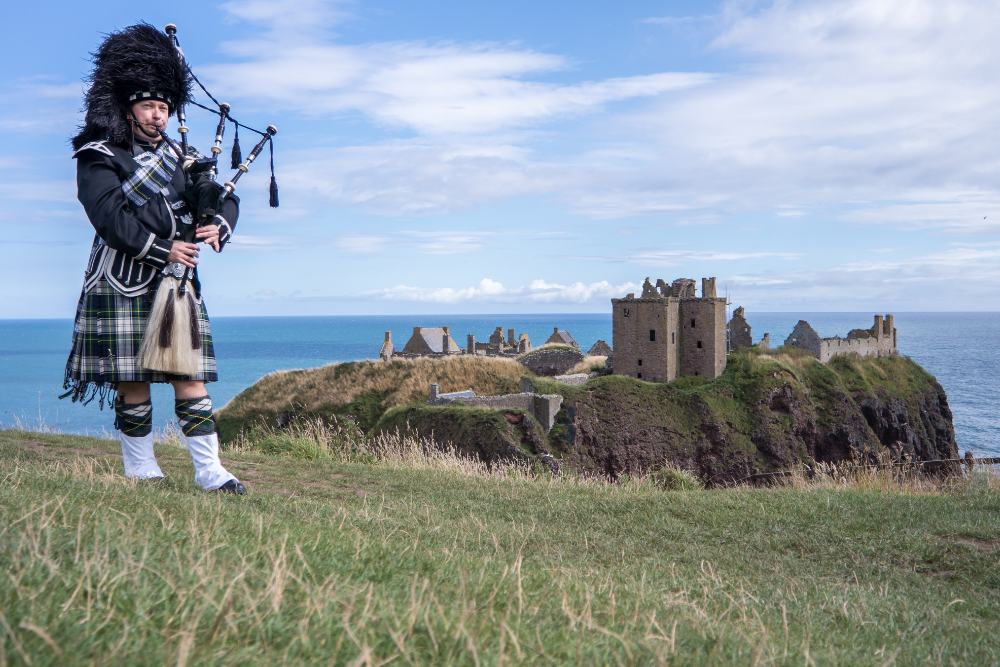
At the heart of Gaelic culture is the Gaelic language, also known as Scots Gaelic or Gàidhlig. Gaelic is a Celtic language that traces its roots back to the early medieval period when it was spoken in the Scottish Highlands and Islands. Though it faced a gradual decline in speakers over the centuries—due in part to the forced assimilation policies of the British government and the dominance of English—Gaelic is still spoken today in various parts of Scotland.
The Revival of Gaelic
While the number of Gaelic speakers is small, there has been a renewed interest in the language over the past few decades. Gaelic language schools, courses, and media platforms such as BBC Alba, the Gaelic-language television channel, have helped preserve and promote the language.
In addition to television and radio, the language is also taught in schools, and local communities in the Highlands and Islands are working to revitalize Gaelic. The Scottish government has supported these efforts with initiatives like Gaelic Language Plans and funding for Gaelic cultural projects.
2. Traditional Gaelic Music
Gaelic music has an unmistakable sound that resonates through Scotland’s history. It is integral to the cultural fabric of the Highlands, with its unique blend of vocal and instrumental traditions. There are two main styles of traditional Gaelic music: Gaelic folk music and Pipes and Drums.
Gaelic Song (Sean-nós)
The Gaelic song tradition is a highly melodic and emotional form of music, often accompanied by simple, traditional instruments like the harp or fiddle. One of the most famous forms of Gaelic singing is sean-nós, a form of unaccompanied solo singing that is deeply rooted in the cultural landscape of the Highlands and Islands. The songs often tell stories of love, loss, nature, and everyday life, and their lyrics are usually in the Gaelic language.
The Bagpipes
No exploration of Gaelic music would be complete without mentioning the Great Highland Bagpipe, which has become one of the most iconic instruments associated with Scotland. While bagpipes have roots in several ancient cultures, the Scottish bagpipe has evolved over time to become a symbol of Gaelic tradition.
Pipes are often played at public celebrations, commemorative events, and ceremonies. The sound of the bagpipes is said to evoke deep feelings of pride, history, and connection to the land. The music played on the bagpipes often features piobaireachd—a classical form of Highland piping that tells a story through complex and slow-moving melodies.
Fiddles and Traditional Dance
The fiddle has been an integral part of Gaelic music for centuries. Fiddle music in the Highlands is marked by intricate rhythms and bright melodies, often played at social gatherings, ceilidhs (traditional Scottish dances), and festivals. Fiddle tunes vary by region, but the style of music often reflects the Gaelic heritage of the area.
At a ceilidh, the traditional social gathering that often includes dancing, music, and storytelling, fiddlers and other musicians come together to perform lively, toe-tapping tunes. These dances, such as the reel, strathspey, and jig, are lively and energetic, making ceilidhs a central part of Gaelic culture and an enjoyable way to experience the vibrancy of Scottish traditions.
3. Gaelic Folklore and Storytelling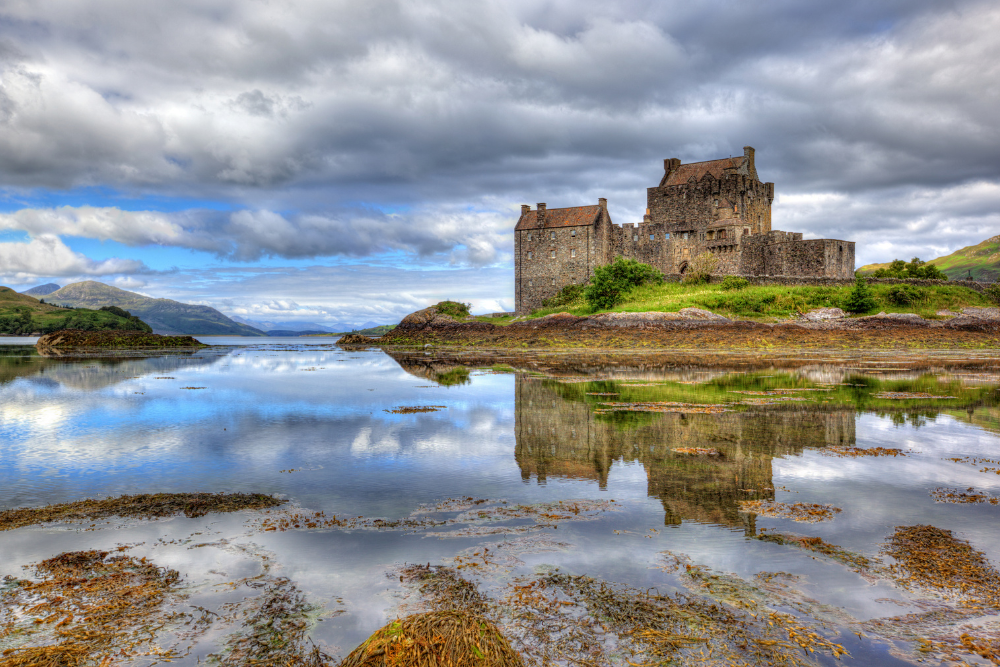
Storytelling is a time-honored tradition in Gaelic culture, with ancient myths, legends, and folklore passed down through generations. From mystical creatures to heroic warriors, Gaelic mythology offers a rich landscape of stories that continue to shape Scotland’s cultural narrative.
The Importance of Myths and Legends
Gaelic myths often draw from nature, with stories of mystical beings such as fairies, selkies (seal people), and banshees. These stories were traditionally told by bards or storytellers around the fire during long winter nights, preserving ancient knowledge and values.
Some of the most famous Gaelic legends come from the Fionn mac Cumhaill cycle, a collection of stories about the hero Fionn and his band of warriors, the Fianna. These tales are filled with battles, magic, and heroic feats that highlight the ideal qualities of bravery and loyalty.
One of the most iconic myths of the Gaelic tradition is the story of the Selkie, the shape-shifting seal that can transform into a human. These poignant stories often explore themes of love, loss, and the pull of the sea—a key element of life in coastal Scotland.
Gaelic Poetry
Poetry is another vital aspect of Gaelic culture, with roots tracing back to the medieval period. The poems often describe landscapes, emotions, and personal experiences, frequently written in the form of epic sagas or elegies. Notable Gaelic poets, such as Sorley MacLean, have helped preserve the language and convey the unique voice of Gaelic-speaking communities.
4. Highland Games and Festivals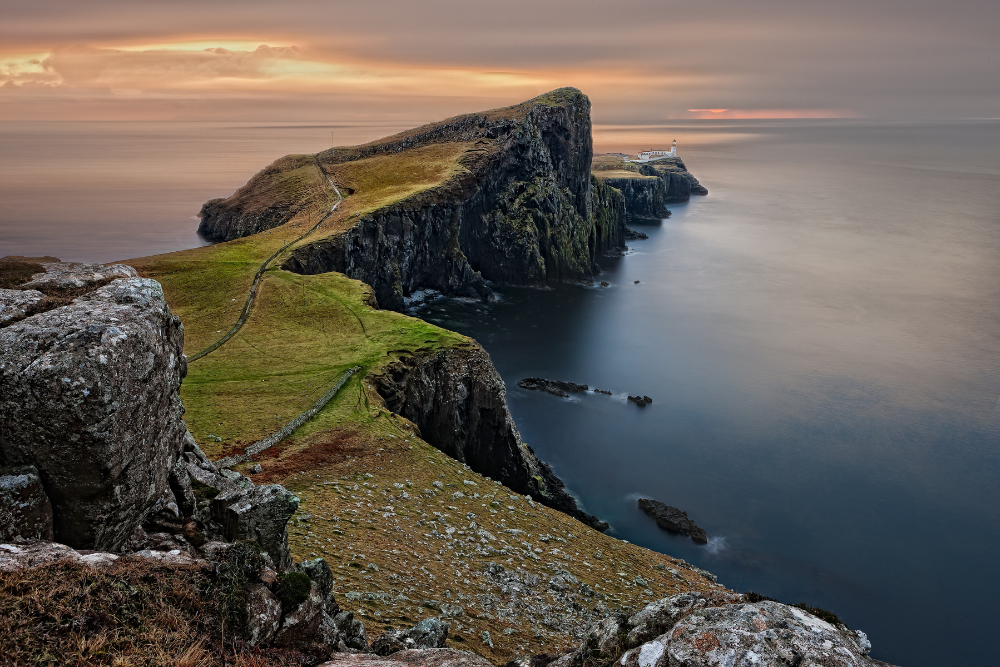
Gaelic culture is also celebrated through the Highland Games—a series of athletic competitions that have become iconic symbols of Scottish heritage. These games are held throughout Scotland, especially in the summer months, and feature events such as the caber toss (throwing a large log), tug of war, hammer throw, and weight for height. These events harken back to ancient Gaelic traditions, where strength, skill, and athleticism were highly valued.
In addition to athletic events, the Highland Games often feature music, dancing, and other cultural performances, creating a vibrant celebration of Gaelic culture. Another important festival is Beltane, the Gaelic fire festival held on May 1st, which celebrates the start of the Celtic summer and honors the ancient connection between nature and human life.
5. Gaelic Crafts and Art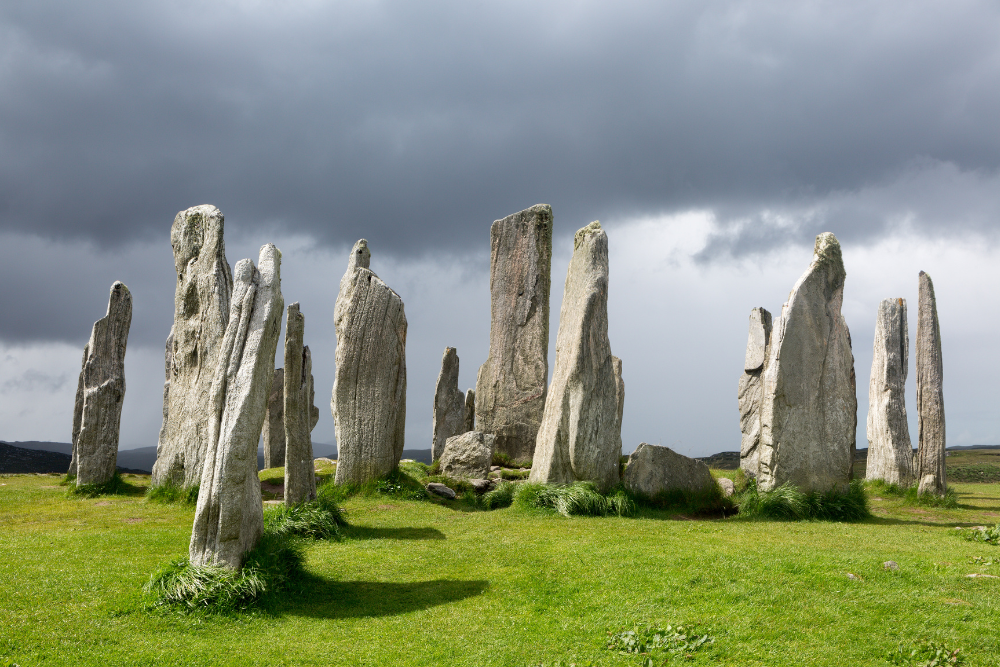
Gaelic culture is also reflected in traditional crafts and arts, many of which are closely tied to the land and its natural resources. Tartan weaving, the craft of producing intricate woolen patterns, is one of the most well-known aspects of Scottish craftsmanship. Although tartan is most often associated with the clan system, many Scottish families proudly wear their own unique tartans to honor their Gaelic heritage.
In addition to weaving, carving, pottery, and knitting are important crafts in Gaelic communities, often passed down through generations. Gaelic art also includes pictorial representations of the natural world, including landscapes, animals, and mythical beings, all of which play a significant role in the cultural and spiritual life of the Gaelic-speaking people.
6. The Role of Clans and Heritage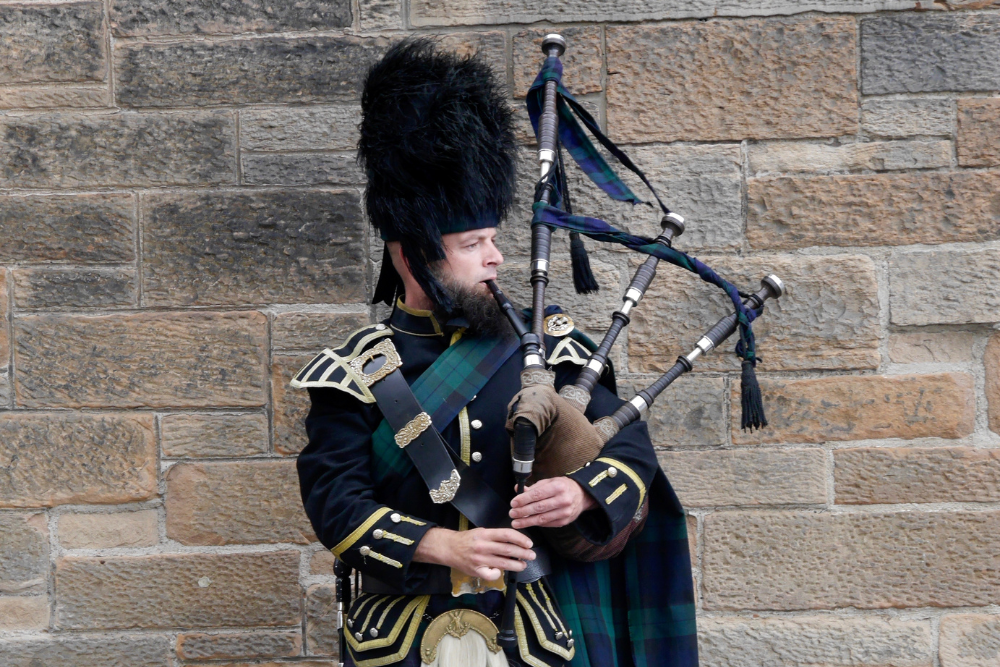
The Gaelic-speaking Highlands and Islands are closely associated with the clan system, a social structure that dates back to the Middle Ages. While the system of clans became less influential after the Jacobite risings in the 18th century, many people of Scottish descent still trace their family history to specific clans.
Each clan had its own tartan, crest, and motto, often tied to a particular region or part of Scotland. Many people of Gaelic descent take pride in their clan heritage, and clan gatherings and events are often held, especially in the Highlands.
Conclusion
Scotland’s Gaelic culture offers a window into the country’s soul, rich in history, language, and traditions. From the unique Gaelic language to the stirring sounds of bagpipes and fiddles, the myths and legends of ancient heroes, and the vibrant celebrations of the Highland Games, Gaelic culture remains a key part of Scotland’s identity. By exploring these traditions, you connect with the past while helping to preserve them for future generations. Whether you’re participating in a ceilidh, learning a few words of Gaelic, or immersing yourself in the poetry and folklore, there’s no better way to appreciate Scotland’s deep-rooted Gaelic culture than by diving into its music, language, and customs.



